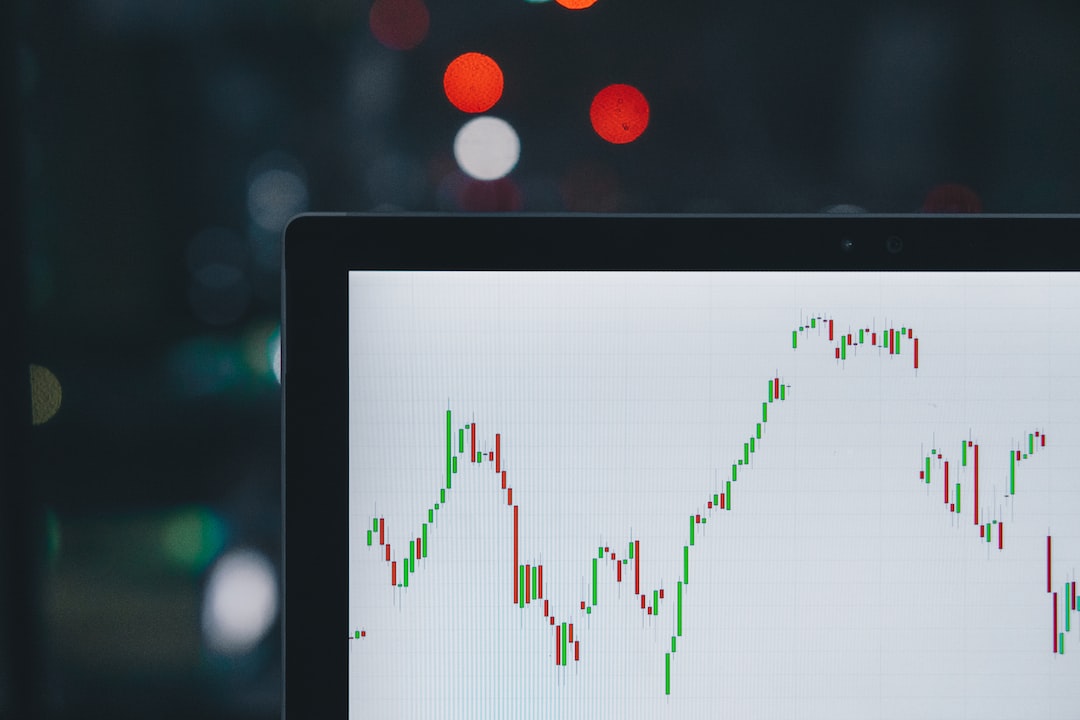Understanding the Forex Market: Trends, Patterns, and Analysis
The foreign exchange market, commonly known as the forex market, is a decentralized global marketplace where currencies are traded. With an average daily trading volume of over $6 trillion, it is the largest and most liquid financial market in the world. Understanding the forex market is crucial for anyone looking to participate in currency trading or seeking to gain insights into global economic trends.
One of the key aspects of the forex market is the identification and analysis of trends. A trend is the general direction in which a currency pair is moving over a specific period. Trends can be categorized as upward (bullish), downward (bearish), or sideways (consolidation). Identifying and understanding trends is essential as it allows traders to make informed decisions and potentially profit from the market movements.
To identify trends, traders often use technical analysis tools such as trendlines, moving averages, and indicators like the Relative Strength Index (RSI) or Moving Average Convergence Divergence (MACD). These tools help traders visualize and interpret market data to determine the direction of the trend. Additionally, fundamental analysis, which involves analyzing economic indicators and news events, can also provide insights into potential trends.
Once a trend is identified, traders can take advantage of it by either buying (going long) or selling (going short) a currency pair. In an upward trend, traders would look to buy the currency pair as they anticipate further price appreciation. Conversely, in a downward trend, traders would sell the currency pair, aiming to profit from the expected price decline. It is important to note that trends can be short-term, medium-term, or long-term, and traders must adapt their strategies accordingly.
In addition to trends, traders also pay close attention to price patterns in the forex market. Price patterns are recurring formations on price charts that indicate potential future market movements. Some common price patterns include triangles, double tops, double bottoms, head and shoulders, and flags. By recognizing these patterns, traders can anticipate breakouts or reversals, which can be excellent trading opportunities.
For example, a symmetrical triangle pattern indicates a period of consolidation, where the highs and lows of a currency pair converge. Traders would wait for a breakout above or below the triangle to establish a position. A breakout above the triangle suggests a bullish continuation, while a breakout below indicates a bearish reversal.
Analyzing price patterns can be subjective, and traders often use additional confirmation tools such as volume analysis or candlestick patterns to validate their predictions. Candlestick patterns, such as doji, engulfing, or hammer, provide valuable information about market sentiment and potential reversals.
To further enhance their trading decisions, forex traders also utilize various types of analysis, including technical analysis, fundamental analysis, and sentiment analysis. Technical analysis focuses on historical price and volume data to predict future market movements. Fundamental analysis examines economic indicators, news events, and geopolitical factors to assess a currency’s intrinsic value. Sentiment analysis gauges the market sentiment through social media, news sentiment, and surveys.
By combining different types of analysis, traders can gain a comprehensive understanding of the forex market and make informed trading decisions. It is important to note that no analysis method guarantees success, and traders should always manage risks and use proper risk management techniques, such as setting stop-loss orders and diversifying their portfolios.
In conclusion, understanding the forex market is crucial for anyone looking to participate in currency trading or gain insights into global economic trends. Traders must identify and analyze trends, price patterns, and utilize various types of analysis to make informed decisions. The forex market offers numerous opportunities for profitable trading, but it also involves risks. Therefore, traders should continuously educate themselves, practice on demo accounts, and develop a solid trading plan before venturing into live trading.





